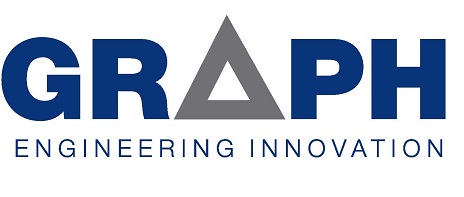Hard anodising is a process which uses a combination of low temperatures and high voltages to produce a particularly hard anodic oxide coating with excellent wear and corrosion-resistant properties. This process produces an oxide layer of 25-75 microns. Hard anodising penetrates the base metal in a ratio equal to the build-up on the surface.
OUTSTANDING FEATURES & BENEFITS
Wear Resistance
Hard anodised coatings are more than 10 times more wear resistant than ordinary anodised aluminium.
Hardness
Microhardness tests on hard anodized aluminium typical have values of 500 to 530 VPN. Micro hardness is nearly independent of coating thickness up to 40ums.
Corrosion Resistance
Hard anodised coatings typically pass the 1000-hour 5% salt spray test (ASTM B-117).
Lubricity - GRAPHLON© provides a lower coefficient of friction which improves lubricity for moving parts.
Tolerances
The coating follows the contour of the part with uniform build up, providing very close tolerance control. It is also very effective on parts with unusual shapes, due to the excellent throwing power obtained in the hard anodizing process. It is important that you consult with us when tolerances are important.
Heat Resistance
Hard anodized coated parts can withstand short exposures of temperatures up to 2000 degrees centigrade due to the inert nature of the coating.
Thermal Properties
Hard anodized coatings exhibit very low thermal conductivity and expansion but excellent thermal emissivity. At higher thickness, emissivity is comparable to a black body in terms of heat dissipation, offering little advantage to dying it black.
Electrical Properties
Hard anodized coatings are excellent electrical insulators, exhibiting electrical resistance on the same order of magnitude as glass and porcelain.
Colour
Varies from colourless to light brown on pure aluminium as coating thickness increases from 25-75ums. Alloys vary in colour from tan to jet black, depending upon the alloy composition and coating thickness.
Surface Finish
Surface roughness increases as the coating thickness increases; typical increases are 0.25-0.5 ums for wrought alloys and 1.25-2.54 ums for castings. Parts can be used as is or honed, lapped or ground where fine finishes are required.
SPECIFICATIONS:
MIL-A-8625-F
